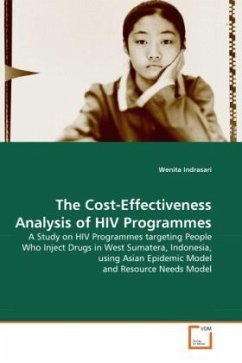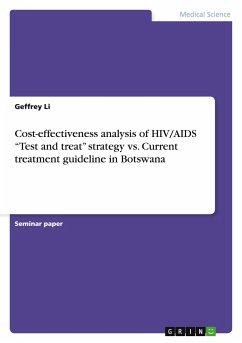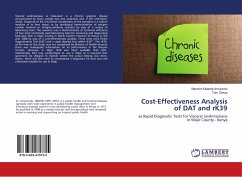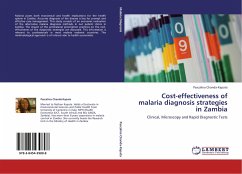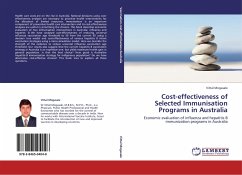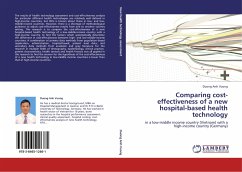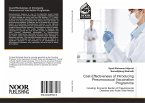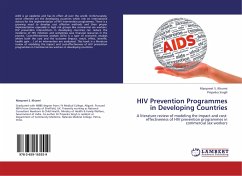Injecting drug use has been the major driver of HIV epidemic in this province, and there is a concern that HIV will spread to wider population. Since the program coverage to date is relatively low, there is a need to know the level of program coverage as to optimize the prevention at relatively low cost. Using two linked already-available projection models, Asian Epidemic Model (AEM) and Resource Needs Model (RNM), the cost effectiveness analysis was undertaken to generate the cost effectiveness ratio (CER). Five scenarios with different level of coverage were built using the RNM: baseline, 20%, 40%, 60%, and 80%. Higher coverage averts more new cases. The lowest level of coverage (20%) is able to avert about 200 new cases in 2020. An 80% HIV programme coverage is able to suppress the new HIV infections to a minimum level in 2020. The output also shows that the extra benefit of averting new infections become less with a higher starting point. A level of coverage at 40% is identified as the most cost-effective level of coverage. The sensitivity analysis confirms the effectiveness of harm reduction method in reducing HIV new infections
Bitte wählen Sie Ihr Anliegen aus.
Rechnungen
Retourenschein anfordern
Bestellstatus
Storno

